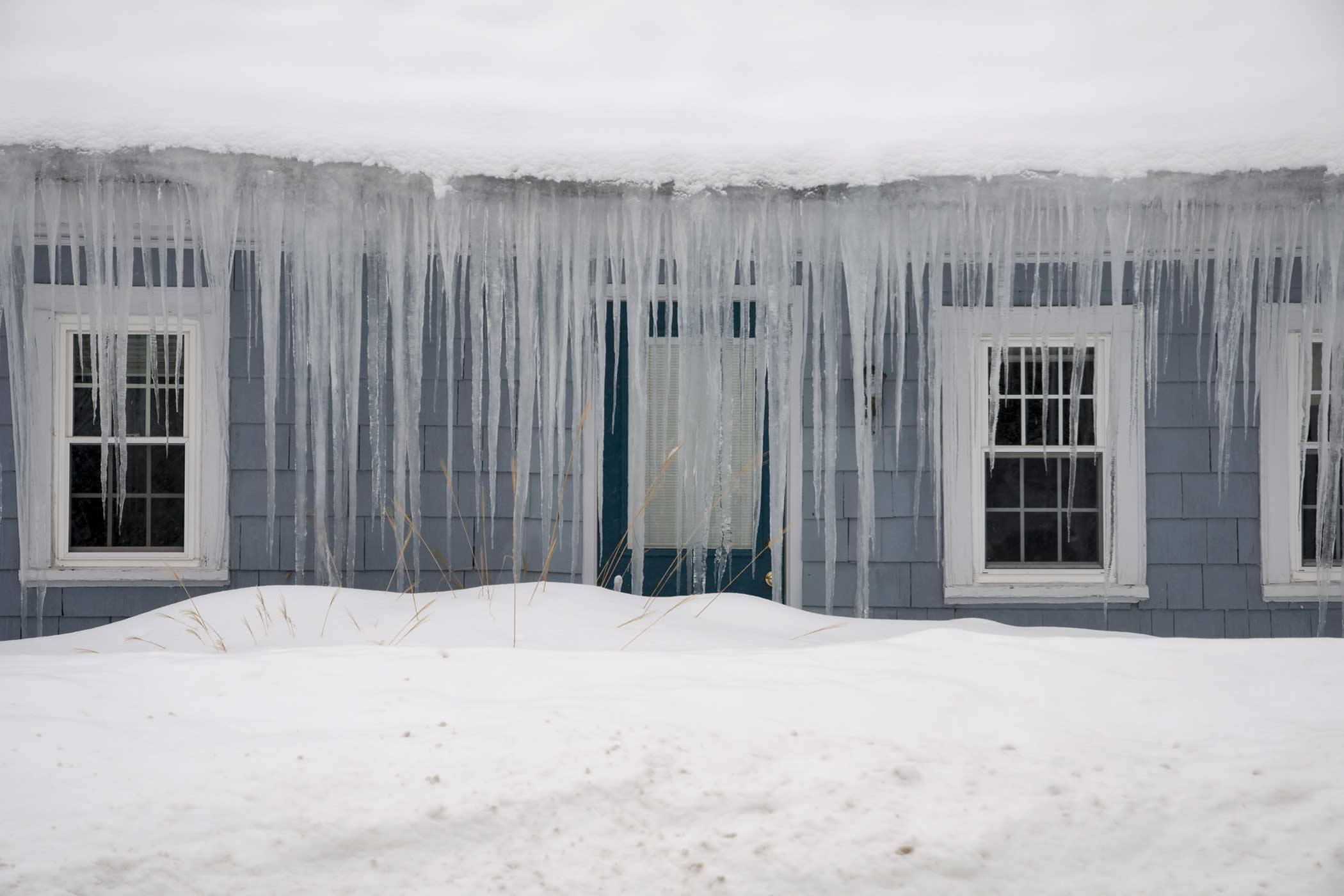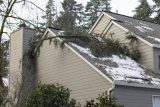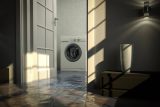Dangers Of Ice Dams: Prevention & Repair
Homeowners
2 years ago

Icicles might look pretty hanging from your roof and gutters this winter, but they could be a sign of a serious problem. Learn to identify the signs of dangerous ice on your roof and how to avoid damage this winter!
What Is An Ice Dam?
Ice dams form at the edge of your roof during the winter. It’s a thick line of ice on your overhang that prevents melting snow and ice from properly draining off your roof. Ice dams form when the surface temperature of your roof varies.
When snow on your roof melts, often during a sunny part of the day, water flows down your roof until it gets to the part of your roof that is still below 32 degrees. That’s when the water freezes and causes an ice dam.
Small icicles are normal and usually safe, but if you’re noticing large icicles at the bottom of your roofline, that could be a sign of an ice dam forming.
Why Are Ice Dams Dangerous?
When water on your roof can’t drain properly, it can leak into your home, damaging walls, ceilings, insulation, and more.
Ice dams can cause structural damage to your roof and gutter system as the weight of the ice can pull gutters away from your home or completely rip them away from the roof.
Once an ice dam is in place, downspouts can build up with layers of ice, keeping water from properly flowing through the gutter system and away from your house.
This can be a problem at the ground level or all the way up to the gutters on your roof.
Ice Dam Prevention
The best way to prevent ice dams from damaging your roof and home is to take preventative action:
- Use a tool like a snow rake to clear snow from your roof whenever possible
- If you have a metal roof, install snow guards above your home’s entrances
- Check your home’s attic to make sure it is insulated properly (this can provide a more even temperature for your roof)
- Thoroughly clean your gutters before the first snow this winter
What To Do If You Have An Ice Dam
This winter, if you are concerned you might have an ice dam, address it safely.
Bring a box fan to your attic, aiming it at the underside of your roof. This type of targeted cold air can help by freezing the flowing water in place, keeping it from continuing to flow, and forming a larger ice dam.
Safely clear additional snow from your roof using tools like the snow rake we mentioned above or hire your local roofing company to safely clear the roof and melt the ice dam.
Salt pucks can be used to safely melt through an ice dam, allowing water to safely drain off your roof.
Do not use tools to try to chip away at the ice dam. This is really dangerous, especially if a ladder is involved, and large chunks of ice falling can cause serious injury. You also risk damaging your roof.
We’re Always Here To Help
Lake City Restoration is available 24/7, so no matter the season, our experts are here to help restore your home.
Has winter weather damaged your roof?
Have you noticed mold or mildew in your ceiling or walls due to moisture getting into your home? Call us today and get help now!
This blog post was originally published in December of 2021 and has been updated to include the lasted information and safety recommendations.




